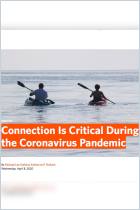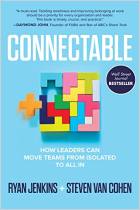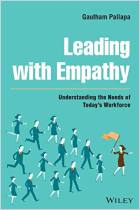Postmodernist writer John Barth said, “More history is made by secret handshakes than by battles, bills and proclamations.” So how did the seemingly innocuous act of clasping hands with another become so powerful? Paleoanthropologist and stand-up comic Ella Al-Shamahi, a Muslim woman, avoided shaking hands, especially with men, until age 26. Now she embraces the gesture. Her intriguing, offbeat book examines the evolution of the handclasp and discusses some of history’s most momentous handshakes. Despite a global pandemic, Al-Shamahi believes no other act will ever replace the handshake.
The handshake transfers bacteria, viruses and other germs exceptionally efficiently.
The COVID-19 pandemic put the handshake under the spotlight. The gesture garnered suspicion and criticism as a potential transmitter of the contagion. In addition to donning masks, people began bumping fists and elbows instead of clasping hands, and with good reason. The human hand is a veritable petri dish of germs.
The handshake transfers bacteria and viruses from person to person quickly and efficiently. Without rigorous handwashing, the germs responsible for the common cold, for example, can live on hands for longer than three hours after a handshake – the influenza virus, for up to an hour. Simply replacing the handshake with a fist bump can reduce transmission by up to 90%. An elbow bump could eliminate the risk completely.
Nevertheless, the handshake, an ancient gesture, has endured the deadliest plagues in human history.
During previous pandemics, handshakes subsided or even disappeared for a time, but no pandemic or plague has completely eliminated the handshake thus far. Neither will COVID-19.
The handshake predates humanity. Since chimps...






















Comment on this summary or 开始讨论